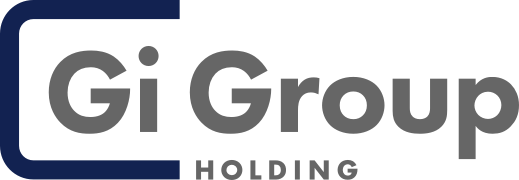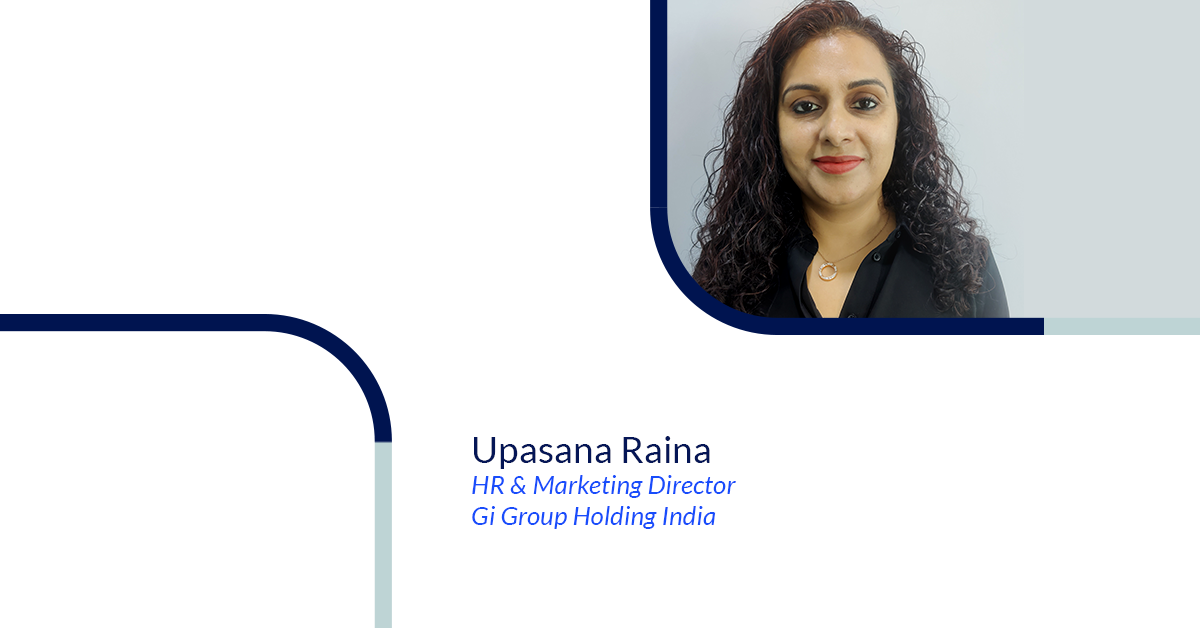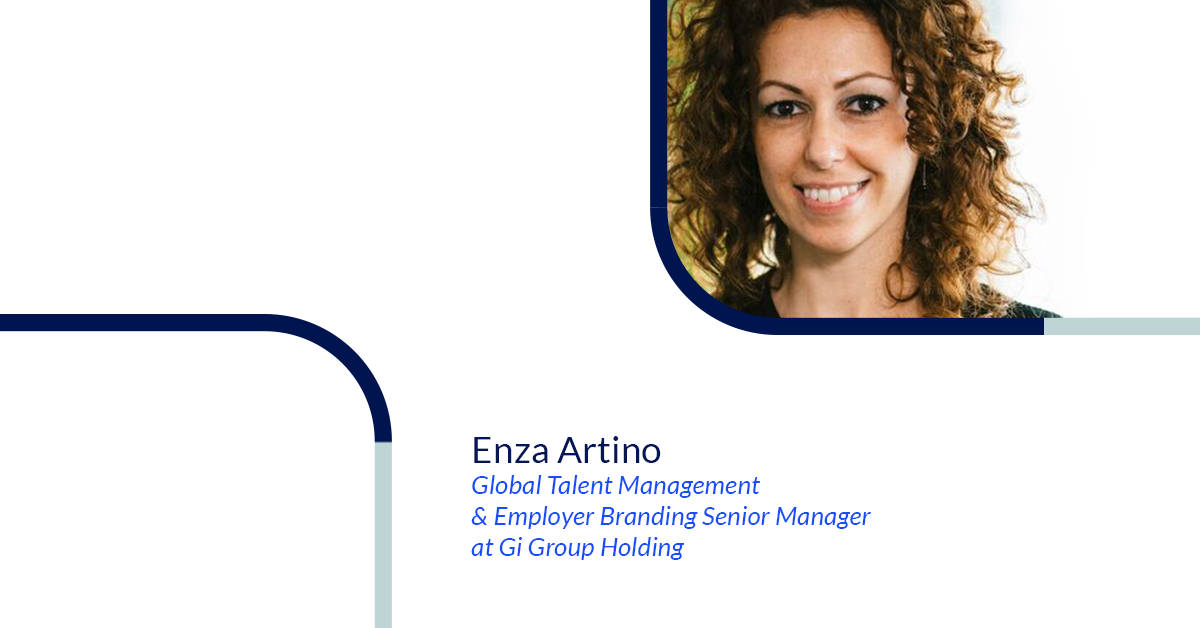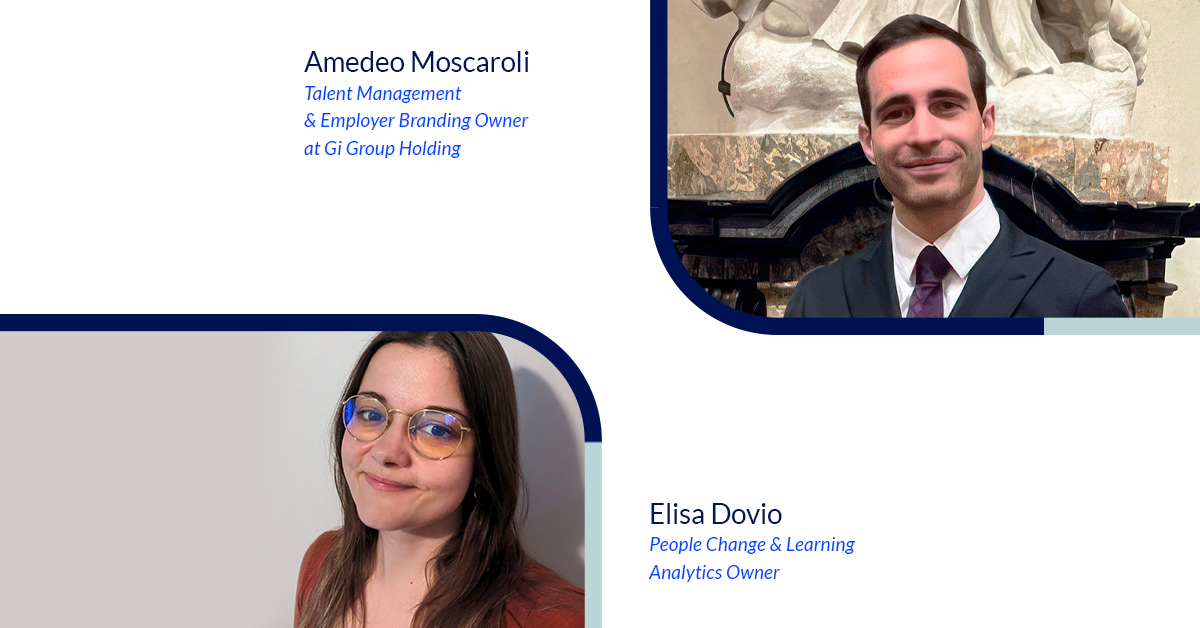Fluid roles and glue roles: how to expand your soft skills to become a life changer
With commentary from Cristina Simão, HR Director at Gi Group Holding Portugal, and Iveta Kutmanová, HR Director at Grafton Recruitment Czech Republic

In today’s world of work, agility and flexibility are key traits that help both employees and, ultimately the businesses for which they work, succeed. An important part of employee contributions to company success is adapting to meet the needs of different types of corporate positions and roles. This includes easy movement between what are often referred to as fluid and glue roles; adopting hybrid job role structures to adapt to the needs of a today’s VUCA (volatile, uncertain, complex, ambiguous) world and business environments.
What does each type of work involve?
Fluid roles are roles that shift and evolve within an organisation to meet the changing needs of teams and the institution overall. They may involve taking on a variety of responsibilities and tasks, depending on the situation. Fluid roles are often associated with agile or lean management approaches.
On the other hand, glue roles are roles that are focused on maintaining relationships and coordinating activities across teams. They are responsible for communication, goal alignment, and ensuring that all teams are on the same page. Glue roles are a critical part of any team structure and are essential for creating a cohesive work environment.
How does each type of role impact future work (business)?
Having defined above what both these types of work roles entail, it makes sense to look at how they each impact the continuity and performance of business operations. In a survey published by Samsung UK at the end of last year, authors report that shifts to hybrid work models post-pandemic along with generational changes have boosted the demand for more fluid work and team roles. Alongside that, the growing number of digital nomads in the work force has expanded the use of flexible hours and “work from anywhere” approaches to the modern job. According to Cristina Simao, HR Director at Gi Group Holding Portugal, “Fluid and glue roles have a major impact on businesses in multiple, different ways. By having roles that are flexible and adaptive, businesses can quickly respond to changes in the market whilst ensuring that customer needs are met. Plus, these fluid roles can help reduce costs and increase efficiency by allowing employees to move between roles and departments as needed. Alternatively, glue roles help foster collaboration and communication among departments, allowing teams to work together more efficiently and effectively. Together, both types of roles help businesses create an agile and adaptive culture, which is essential for success in today’s rapidly changing business environment.”
Agility and Stability: both are critical for modern businesses
Many organisations are moving towards a hybrid model of fluid and glue roles. This enables employees to shift between different roles and responsibilities and delivers a structure where organisations are more agile and adaptive to changing business conditions; all while still providing enough stability for employees to feel secure in their jobs. By combining fluid and glue roles, an organisation can better leverage their existing resources and talent to ensure that all areas of the business function efficiently.
Many businesses are embracing the concept of fluid roles, but there is still a long way to go before it is widely adopted. Companies that have started this journey are finding success in terms of flexibility and cost savings. However, some are still adhering to traditional job descriptions due to the difficulty of making the transition to a more flexible workforce. Many companies are hesitant to give up the control and predictability that comes with traditional job descriptions.
Cristina Simão
HR Director at Gi Group Holding Portugal
Still, increasing the volume of fluid roles within a business’ organizational structure does have proven benefits. Fluid roles can boost engagement and productivity by allowing employees to have more ownership over their roles and responsibilities. This can, in turn, creates a sense of autonomy and ownership, which leads to more creativity, innovation, and collaboration among team members. Additionally, allowing employees to have greater flexibility in their roles often results in higher levels of job satisfaction and motivation.
Locally, on the Czech market, we see many employers adopting flexible hybrid workplace models or even more autonomous environments that allow employees to work wherever and whenever they choose: definitely, in more fluid roles. This higher degree of autonomy can help workers in today’s inflation-impacted economies. If wage increases do not keep pace with inflation, employees can then exercise this workstyle independence in different ways to counteract the stress of inflation in their lives. When they are able to work flexibly from home, they save money on commuting and related costs. This autonomy also gives employees back personal time, which they can use for other activities; e.g., availability at home reduces the need for child day-care. On top of that, with technology increasingly enabling greater human-machine collaboration, the future workplace bound neither by time nor space will offer more opportunities for fluid roles. We will see more acceleration in changes to how organisations work.
Iveta Kutmanová
HR Manager at Grafton Recruitment
Employees feel more empowered and motivated when they can work flexibly and take on more responsibility; they sense they have a real impact on their workplace. With fluid roles, employees tend to take on new challenges and seize on learning opportunities as they arise, leading to their overall happiness and greater productivity.
How do businesses and organisations embrace the fluid:glue hybrid?
It is important that companies understand the skills and abilities of their current employees, the skills and abilities required for their current and future roles, and any potential gaps between the two. They also need to identify opportunities for fluid roles, i.e., places in the organisational structure where employees can move between roles, tasks, and functions, and how these roles can fit into the overall organisational set-up. Currently, there is not yet an industry standard for this, but there are specific tools for mapping reskilling needs (e.g., job analysis tools, skills inventories, job benchmarking tools, and career mapping tools). These tools can help businesses identify potential fluid roles and determine how best to deploy them. Also, many businesses now see themselves in a phase of generational, as well structural (the whole hybrid vs. on-site, fluid vs. glue roles) transition. In this context, Iveta Kutmanová adds, “Today’s workspaces have a variety of employees who differ by age, values and skill sets. You have the so-called traditionalists (born 1928-1945) with lots of experience. They often act as mentors, value loyalty, have a strong work ethic and prefer traditional, offline work opportunities. In contrast, Gen Z (born 1997-2015) brings to the workplace broad, innovative thinking. They adapt quickly to technological shifts and have a global mindset. Meanwhile, they prioritise authenticity, genuineness and connectivity. They often prefer flexible work environments. Employers will need to study the work habits and personalities of employees of different generations and design strategies for recruiting, personnel management and retention planning accordingly. Traditional segmentation will not be enough in the future. Employers will have to gain complex insights on matters such as employee interests, values, preferences, and opinions. Information on work behaviours, i.e., whether a person is a maker, a doer, or a manager, will be critically important as will personal attributes such as introversion, extroversion, or propensity to be an individual contributor or a team player. All this will determine their adeptness for fluid or glue roles.”
Ultimately, the future of employee roles and accordingly desired behaviours skills and traits is hybrid and varied. Workers will move between glue and fluid roles as their companies require and this will make their jobs more challenging but also more interesting. It is critical that senior executives, managers and team leaders put in place support structures to ensure employees can successfully and happily navigate this work future of constant inconstancy.
